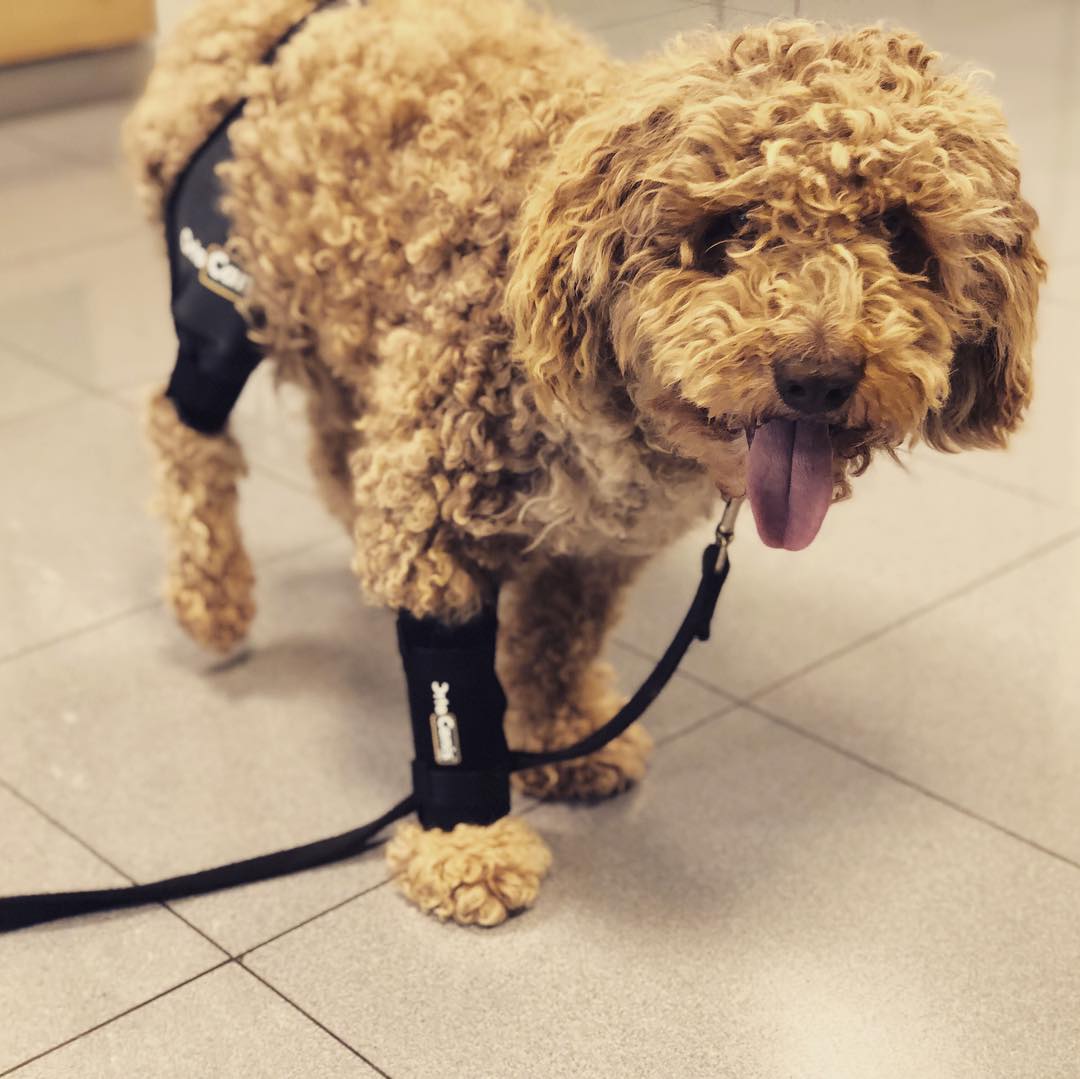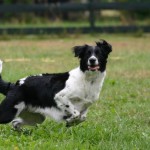How to detect and treat elbow bursitis in dogs
Elbow bursitis is a more frequent ailment than we think in dogs. Especially in those that have medium or large size and short fur. It is nothing more than an inflammation of the bursa in which the synovial fluid of certain joints is located. Specifically, those that have a gap between the bones they join. It is in it that this bag is located, which wraps around the joints. Almost all joints in the body of humans and animals are of this type, such as the knee or elbow. And it is in the latter that elbow bursitis is most often given in dogs.
Elbow bursitis in dogs: diagnosis and treatment
The appearance of bursitis in the elbow of a dog’s paw spontaneously is quite rare. It will usually appear after a strong blow to the area. Or after a light blow but that the animal is given continuously. When it occurs, it is quite evident that something happens to the animal. The joint begins to become inflamed and the animal has trouble walking and moving it. In addition, he begins to have pains.
Logically, the earlier it is detected, the less gravity it will reach. To do this, it is advisable to explore the dog’s paws with some frequency and, before any strange lump in its joints, go to a veterinarian. He will examine the animal and prescribe the most appropriate treatment.
This treatment will be different depending on several variables. Among them, the state of bursitis, as well as the presence or not of certain complications. For example, from an associated infection. Usually, it will be enough to put a bandage on the affected limb. You may also advise the use of an elbow orthosis to reduce it.
In cases where there is infection, it will also be treated with antibiotics. If it is advanced, it may need to be drained, using a fine needle. And if it is a severe bursitis, it will be necessary to perform a surgical intervention to reduce it.
How to avoid the appearance of bursitis?
To prevent as much as possible the appearance of bursitis, repetitive blows should be avoided. Against the abrupt and strong little can be done, but at least the others can be tried. For example, those that can occur when lying on the ground. To avoid them, a soft surface can be placed where the dog usually lies down.
Obviously, if it is done suddenly, the dog will reject it. Especially if you are an adult and not used to it. Therefore, the sooner you start getting used to sleeping on a cushion of those used as dog beds, the better. If possible, it should be started when the dog is still a puppy. This will make it easier. If you do not accept it, you can try it by placing a soft carpet where you are used to lying down.
It is also advisable to avoid, as far as possible, that the dog lies on the asphalt. Also on the ground if there is no grass or grass on it, since being hard and presenting an irregular surface, it can damage the elbows and lead to bursitis.




Leave a Reply
Want to join the discussion?Feel free to contribute!